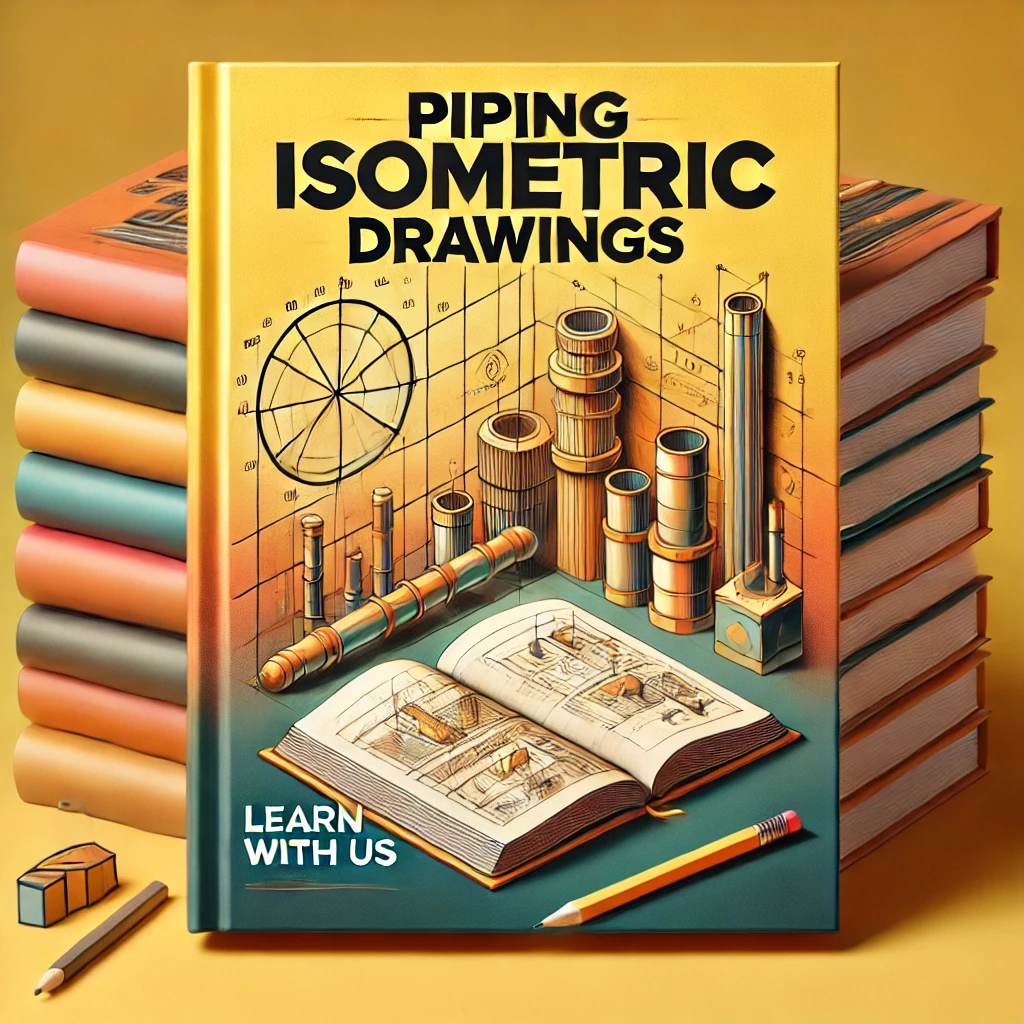Isometric Drawings (ISOs)
Key Information in an Isometric Drawing
Plant North: Ensure the north direction is selected to facilitate easy comparison between the General Arrangement (GA) and the isometric drawing.
Nozzle Identification: Clearly mark the identification of nozzles on connected equipment.
Dimensions and Angles: Provide accurate dimensions and angles for piping components.
Reference Information: Include the reference numbers for P&IDs, GA drawings, line numbers, flow direction, and details about insulation and heat tracing.
Equipment Information: Identify the location of equipment and provide its identification.
Flange Details: If the flange specifications differ from the connecting piping, provide the necessary flange details for the equipment.
Valves: Include the size and type of every valve, along with the direction of operation.
Control Valves: Specify the size and number of control valves where applicable.
Field Welds: Indicate preferred locations for field welds to accommodate site-specific variations. General notes can be used for broader guidelines.
High and Low Points: Mark the location of high-point vents and low-point drains, either directly or via standard arrangement notes.
Bill of Materials (BOM): Provide a BOM listing all components used in the piping system.
Special Requirements: Include any requirements related to stress relieving, seal welding, pickling, coating, or other post-fabrication treatments.
This structured approach to piping isometrics ensures that all relevant details are clearly documented, making the process of fabrication and installation efficient and error-free.

